Are you a business owner in Los Angeles looking to gain an advantage over your competition? EBEWE – the acronym for “Efficient Business Evaluation and Web-Enabled Functionality” – is a benchmarking program encouraging local businesses to evaluate their operations and leverage web technology for better performance. Energy benchmarking provides insights into areas of improvement, giving companies in Los Angeles the key competitive edge they need in today’s increasingly global marketplace. Read on for more information about this influential benchmarking system and how it could benefit you!
What Is Los Angeles EBEWE Benchmarking?
Los Angeles EBEWE Benchmarking is a performance management system many local authorities use. It assesses strategies and processes used to manage services in the area and enables councils to compare their performance against other areas. This helps them identify best practices, weaknesses, and how they can improve efficiency, effectiveness, and customer service delivery. It allows councils to measure their progress over time, so they have an accurate record of improvement or regression. Los Angeles EBEWE Benchmarking provides reliable insights that local authorities can use when making decisions that affect the lives of their citizens.
Who Should Comply With Los Angeles EBEWE Benchmarking?
Complying with the Los Angeles existing buildings’ energy and water efficiency (EBEWE) benchmarking requirements is a great way for existing buildings to increase their energy and water efficiency. Enacting the Los Angeles municipal code, existing building owners must measure their energy and water usage annually, estimate the emissions from those sources, and report these results publicly. All multifamily and commercial buildings greater than 20,000 sq. ft. are required to comply, developing an accurate picture of existing building performance and setting future targets for building sustainability standards. Those who meet the requirements can proudly showcase their commitment to helping reduce harmful building emissions and build a brighter, more sustainable tomorrow!
Los Angeles EBEWE Benchmarking Process And Information

The Los Angeles Department of Energy and Environment is leading the way in benchmarking energy efficiency. As part of this process, they’ve implemented a comprehensive enterprise-wide benchmarking system that strengthens their capacity for data collection, quality checkers, and analytics. This system helps them achieve Energy Star certifications in their buildings, which educates the public on reducing greenhouse gas emissions. Ultimately, their work will help build healthier and more sustainable cities for generations to come.
Requirements For Los Angeles EBEWE Benchmarking
If you’re looking to benchmark your facility’s energy performance in Los Angeles, there are a few requirements you’ll need to meet. To get started, you’ll need to create a portfolio manager account and have your facility go through a data quality checker. From there, your facility will be eligible for an Energy Star certification necessary for the formal benchmarking process. By fulfilling these requirements, your facility will be well on its way to lowering energy costs and ultimately reducing its impact on the environment in LA.
Deadline For Los Angeles EBEWE Energy Benchmark Report
Have you taken the time to fill out your Los Angeles EBEWE Energy Benchmark Report? Don’t wait too long – the deadline for submission is quickly approaching! Make sure you have all of the necessary information to complete your report accurately, as it will help inform relevant energy initiatives in the City of Los Angeles. Benchmarking reports must be submitted by June 1st, so don’t delay. Taking a few moments today to fill out the report can pay off greatly in the future— not only will you do your part to make a difference in fighting climate change, but you could also save money on utility costs and improve working and living conditions.
Penalty For Los Angeles EBEWE Energy Benchmarking Report
Los Angeles has become the first city in the United States to impose a financial penalty on property owners whose buildings fail to meet minimum energy efficiency standards, as outlined in their EBEWE Energy Benchmarking Report. In order to comply with this new policy, property owners have to complete an annual energy benchmarking report to calculate any disparity against the average usage range of similar properties throughout the city. If they fail to achieve 80% efficiency or higher, they face a $200 fine each month. Taking such steps helps leaders underscore the importance of making building operations more environmentally friendly by using efficient advanced technologies while reducing emissions and pollution levels. It is Los Angeles’ firm intention that all stakeholders focus on reducing their carbon footprint, ultimately leading to a healthier environment for everyone.
Benefits Of Los Angeles EBEWE Benchmarking
Let’s have a look at the benefits of energy benchmarking:
1. Improved operational efficiency: Benchmarking can help identify areas for improvement in building energy use and operations. By comparing buildings to one another, facility managers can recognize where their building is performing well and where adjustments might be needed to improve overall performance. This comparison allows managers to make informed decisions on optimizing the building’s energy efficiency and reducing wasted energy.
2. Cost savings: Benchmarking can help identify areas of potential cost savings. By comparing buildings to one another, facility managers can recognize where their building is performing well and where adjustments might be needed to improve overall performance. This comparison allows them to make informed decisions on ways to optimize energy use and reduce energy costs.
3. Better performance tracking: Los Angeles EBEWE Program provides information about energy use, enabling facility managers to track the performance of their building over time and respond quickly to changes in the market or their operations. By looking at how a building performs relative to similar buildings, they can adjust their strategies to increase energy efficiency.
4. Opportunities for improvement: Benchmarking can illustrate areas requiring improvement so building owners can implement new energy-saving measures, such as installing more efficient equipment or technology and improving building maintenance practices. This helps to ensure that buildings are running at optimal levels and providing the best possible performance for occupants.
5. Compliance with energy regulations: Benchmarking helps ensure that a building complies with local and state energy codes. By providing a comprehensive picture of the building’s energy use, it can help facility managers to make sure they are meeting all regulatory requirements.
In conclusion, Los Angeles EBEWE Benchmarking provides an invaluable tool for building owners and property managers to track and improve their energy use performance. By comparing buildings to one another, managers can identify areas for improvement in energy efficiency and cost savings and help ensure compliance with regulatory requirements.
Things To Consider When Complying With Los Angeles Benchmarking
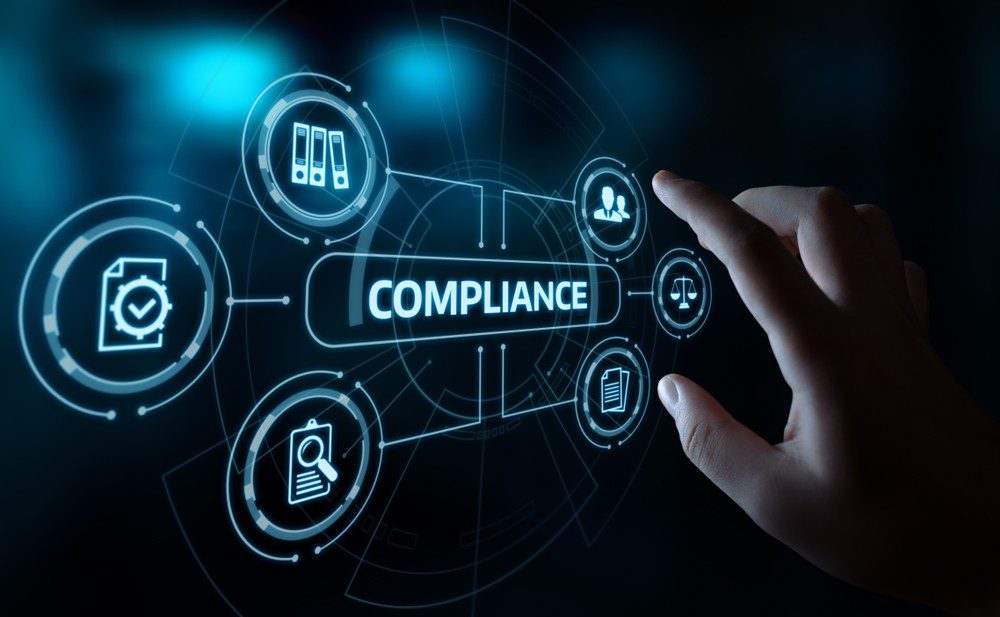
Here is what you should consider when complying with EBEWE Benchmarking:
1. Understand the legal requirements: Ensure you are well-versed in all applicable rules, regulations, and laws regarding energy benchmarking for buildings in Los Angeles. This includes knowing what records need to be maintained and submitted and any penalties or fines associated with non-compliance.
2. Educate yourself on the EBEWE benchmarking process: Become familiar with the terminology and process of energy benchmarking. Understand how to properly measure, track, and analyze building performance over time. Additionally, understand which data points are required by EBEWE for reporting and filing purposes.
3. Get the right tools for tracking your progress: Develop a comprehensive plan for keeping track of your energy use. Invest in software, such as Portfolio Manager, or VertPro® to help you easily track and monitor your building’s energy performance. Energy benchmarking can be a time-consuming and confusing process. VertPro® helps simplify energy benchmarking for your entire portfolio! It’s as easy as 1,2,3! Sign up for free today at VertPro®.
4. Develop strategies for improving efficiency: Assess areas where improvements can be made to increase the building’s overall efficiency. Work with a consultant to develop an action plan for implementing energy efficiency retrofits.
5. Regularly inspect your building’s performance: Maintain a close eye on any changes in energy usage as you implement new efficiency measures. Regularly review results with staff to ensure that the strategies are being properly implemented and have the desired effect.
6. Stay informed of updates to the EBEWE benchmarking program: Changes in the benchmarking process, rules, and regulations may occur over time. Keep up with any updates to ensure that your building is always in compliance and optimized for performance.
Following these tips will help you stay compliant with EBEWE Benchmarking while also improving the overall efficiency of your building. With the right resources and strategies in place, you can be sure that your building meets all legal requirements while also taking advantage of available energy savings.
Conclusion
The Los Angeles EBEWE benchmarking process is essential for businesses to ensure they are ahead of the competition. With so many businesses in the area, staying on top of trends and developments is important. This process allows business owners to see where they stand in relation to other companies and make necessary changes to remain competitive. Information gathered through this process can also attract new customers and grow the business.


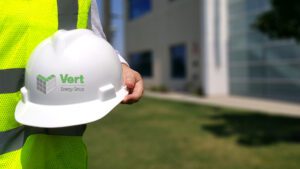

 Ready to be pranked? Whether you’re pranking or being pranked, there’s no shortage of tricks to be found every April Fools – especially with big companies joining in the fun. From a company standpoint, April Fools is a great way to get your target audience involved and at your door in a fun way. One example would be the 1998 Burger King ad for the “Left-Handed Whopper.” Though diners couldn’t purchase the “Left-Handed Whopper” it nonetheless got them to Burger King where they most likely purchased another meal instead. Like any prank though, companies should be careful about their execution of it. Google is notorious for its participation in April Fools – a throwback to when they let us play Ms. Pac-Man on Google Maps in 2017 – not all have landed well. In 2016, Google’s prank left many users unhappy. The prank involved a new Gmail button – “
Ready to be pranked? Whether you’re pranking or being pranked, there’s no shortage of tricks to be found every April Fools – especially with big companies joining in the fun. From a company standpoint, April Fools is a great way to get your target audience involved and at your door in a fun way. One example would be the 1998 Burger King ad for the “Left-Handed Whopper.” Though diners couldn’t purchase the “Left-Handed Whopper” it nonetheless got them to Burger King where they most likely purchased another meal instead. Like any prank though, companies should be careful about their execution of it. Google is notorious for its participation in April Fools – a throwback to when they let us play Ms. Pac-Man on Google Maps in 2017 – not all have landed well. In 2016, Google’s prank left many users unhappy. The prank involved a new Gmail button – “
 Search by Zip to Find Applicable Energy Laws
Search by Zip to Find Applicable Energy Laws
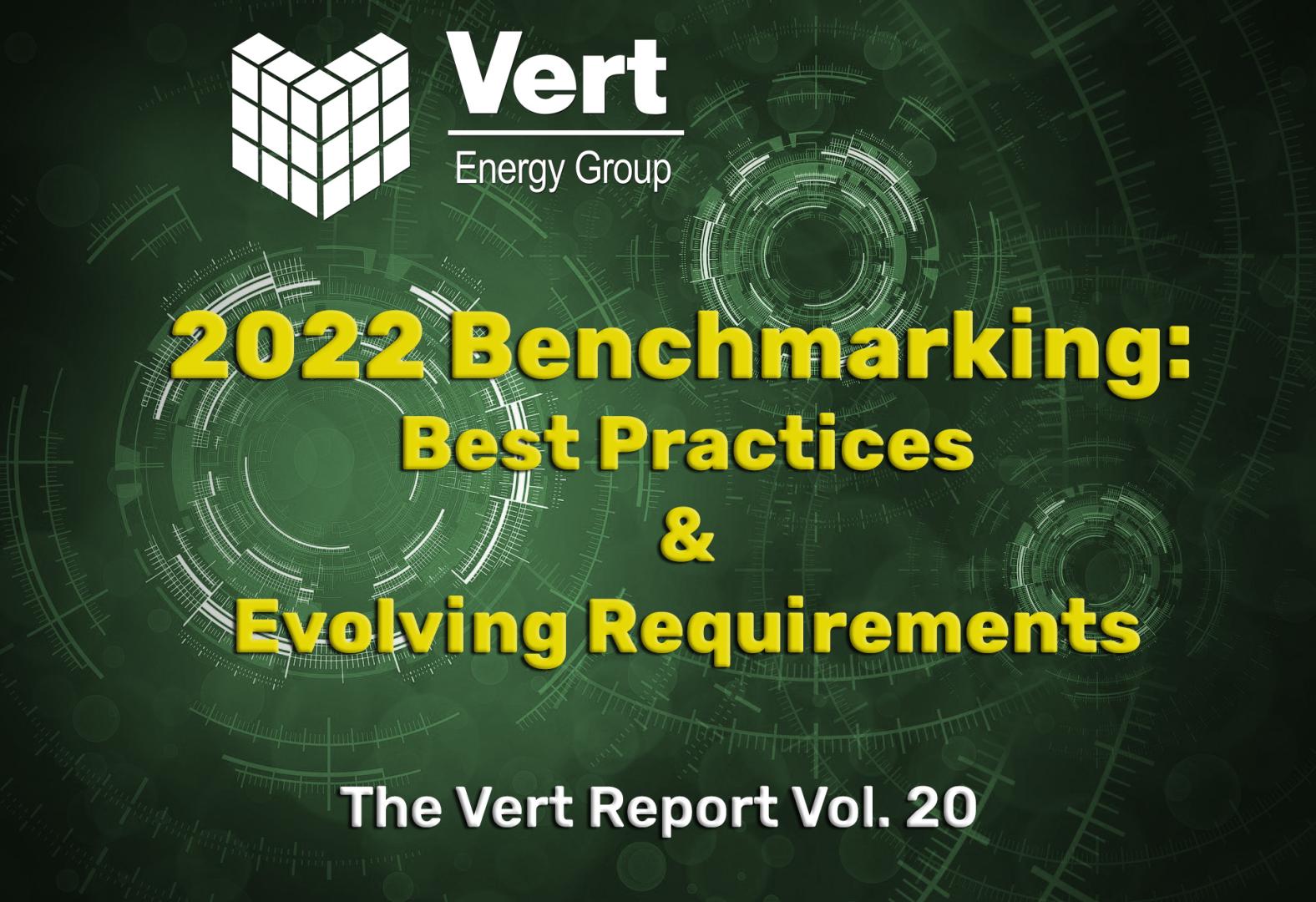




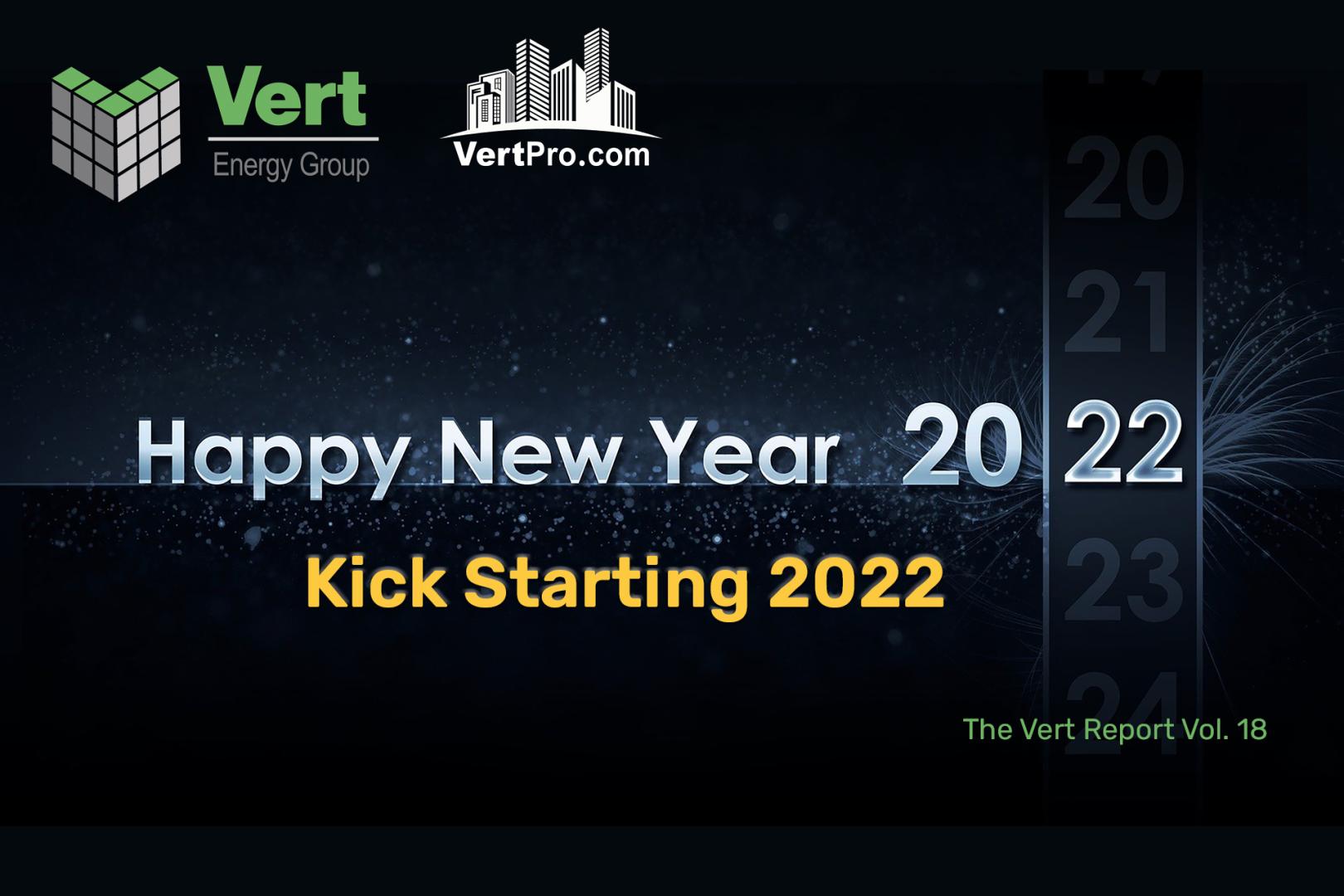
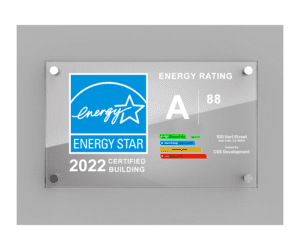 When you go shopping for appliances it’s not uncommon to see a little blue label indicating the product is “ENERGY STAR Certified” and therefore more energy efficient. Now that same little blue label can be applied to buildings via ENERGY STAR Certification (ESC). Benchmarking a property is the steppingstone towards applying for an ESC, but there’s a lot more work involved (i.e., paperwork and site inspections). If qualified, the work involved in the application alone can be enough to deter you from applying. However, the financial benefits of being an ENERGY STAR Certified building alone is hard to beat.
From a financial perspective, being ENERGY STAR Certified can help you save and earn money in the long run. According to
When you go shopping for appliances it’s not uncommon to see a little blue label indicating the product is “ENERGY STAR Certified” and therefore more energy efficient. Now that same little blue label can be applied to buildings via ENERGY STAR Certification (ESC). Benchmarking a property is the steppingstone towards applying for an ESC, but there’s a lot more work involved (i.e., paperwork and site inspections). If qualified, the work involved in the application alone can be enough to deter you from applying. However, the financial benefits of being an ENERGY STAR Certified building alone is hard to beat.
From a financial perspective, being ENERGY STAR Certified can help you save and earn money in the long run. According to 
 Monday, January 17th marks the 39th year since legislation officially made the third Monday of January a federal holiday to honor Martin Luther King Jr and all his achievements and influence during the Civil Rights movement. Martin Luther King Jr helped America to see that there were ways to discuss civil rights injustices and racism without resorting to violence. One of Martin Luther King Jr’s most notable demonstrations of nonviolent protest was the Montgomery Bus Boycott of 1955.
Monday, January 17th marks the 39th year since legislation officially made the third Monday of January a federal holiday to honor Martin Luther King Jr and all his achievements and influence during the Civil Rights movement. Martin Luther King Jr helped America to see that there were ways to discuss civil rights injustices and racism without resorting to violence. One of Martin Luther King Jr’s most notable demonstrations of nonviolent protest was the Montgomery Bus Boycott of 1955. 